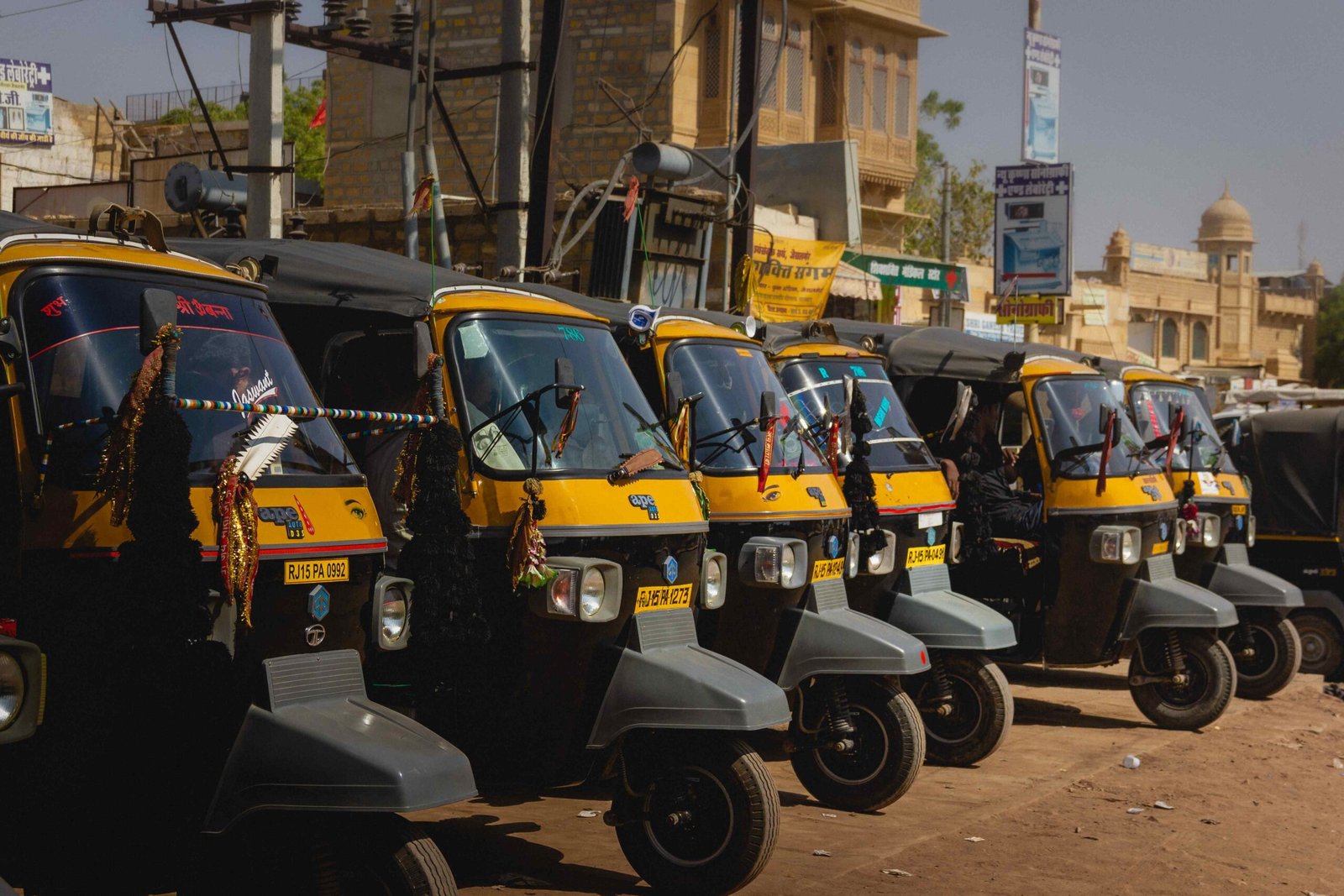

As India’s cities expand, the challenges of traffic congestion, pollution, and inadequate transportation infrastructure continue to grow. Micro-mobility –comprising small, lightweight vehicles like electric scooters, bicycles, and e-bikes – has emerged as a promising solution for short-distance travel. However, to fully harness its potential, integrating common mobility payments into the system is crucial, states Preetesh Singh, Specialist CASE and Alternate Powertrains, NRI Consulting and Solutions India Pvt. Ltd.
Micro-mobility addresses several key urban transportation issues. First, it helps reduce urban congestion by providing alternative transportation options for short trips, decreasing the number of cars on the road. Second, it offers eco-friendly transportation options that emit fewer pollutants compared to traditional vehicles, helping to tackle pollution. Finally, it improves last-mile connectivity by bridging the gap between public transport hubs and final destinations, making it easier for commuters to complete their journeys seamlessly.
The potential of common mobility payments for micro-mobility in India is immense. By leveraging UPI and adopting best practices from successful global models, India can develop a seamless, efficient, and user-friendly transportation system.
In India, micro-mobility services have been gaining traction in major cities. Companies like Yulu, Bounce, and Vogo offer electric bike and scooter rentals, providing convenient and eco-friendly transportation options for short distances. Despite these advancements, the payment systems for these services remain fragmented, creating a need for a unified payment solution that can simplify the user experience and encourage broader adoption.
The Role of Common Mobility Payments:
Common mobility payments refer to integrated payment systems that allow users to access and pay for multiple transportation services through a single platform. This concept simplifies the payment process, enhances user experience, and promotes the adoption of various transportation modes. Imagine using a single app to hop from a bus to an e-scooter seamlessly. This integration can revolutionize urban travel by making transactions simpler and promoting multi-modal transport.
A unified payment system means no more juggling multiple apps or payment methods. Users can access different micro-mobility services using one app or card, making the process more convenient and user-friendly. Simplified payments encourage more people to use micro-mobility options, reducing traffic congestion and pollution. Efficient features like auto-renewal of passes, stored value accounts, and real-time updates further enhance the user experience.
Integrated data from a common payment system provides valuable insights for optimizing services and infrastructure planning. By analyzing travel patterns and user behavior, service providers can better understand demand and improve the allocation of resources. This data integration supports smart city initiatives by promoting sustainable and interconnected urban transportation.
Leveraging UPI:
India’s Unified Payments Interface (UPI) is an ideal platform for common mobility payments due to its wide adoption, interoperability, security, and scalability. UPI is widely used and trusted by millions of Indians, making it an accessible and familiar payment method. Its architecture supports interoperability, allowing seamless transactions across different service providers. UPI also implements strong security measures, ensuring secure and reliable transactions. Furthermore, its infrastructure can handle high transaction volumes, making it suitable for widespread adoption across various transportation services.

Learning from Global Models:
India can learn from successful global models like London’s Oyster card and Hong Kong’s Octopus card, which offer seamless integration and convenience across various services. Adopting clear standards, user-centric designs, and fostering collaboration between government, private companies, and technology partners can help implement effective common mobility payments. These best practices will enhance interoperability and user experience in India’s urban transport system.
India’s National Common Mobility Card (NCMC) is a step in the right direction, allowing users to pay for various transport services using a single card. To fully realize its potential, NCMC needs to scale up by integrating with more micro-mobility providers and expanding its reach across different cities and transport modes. Enhancing interoperability and ensuring widespread adoption can make NCMC a cornerstone of India’s urban mobility ecosystem.
Overcoming Challenges:
Despite the benefits, there are challenges to implementing common mobility payments. Ensuring interoperability between different micro-mobility services and payment systems is one of the biggest challenges. Standardizing payment protocols and integrating with existing public transport payment systems can be complex and require coordination among various stakeholders. Robust security measures are essential to protect user data and ensure secure transactions. Privacy concerns must be addressed to build user trust and encourage widespread adoption.
Developing the necessary technological infrastructure, including payment gateways, mobile apps, and backend systems, is a significant undertaking. Continuous updates and maintenance are required to ensure the system’s reliability and functionality. Clear regulatory guidelines and supportive policies are also needed to facilitate the implementation of common mobility payments. Collaboration between government authorities, private service providers, and technology partners is essential for creating a conducive environment.
With the right strategies and collaborative efforts, common mobility payments can play a pivotal role in shaping the future of urban transportation in India. By making cities more livable and sustainable, India can set a global example of how technology and innovation can address the challenges of urbanization and transform transportation systems for the better
 TrafficInfraTech Magazine Linking People Places & Progress
TrafficInfraTech Magazine Linking People Places & Progress